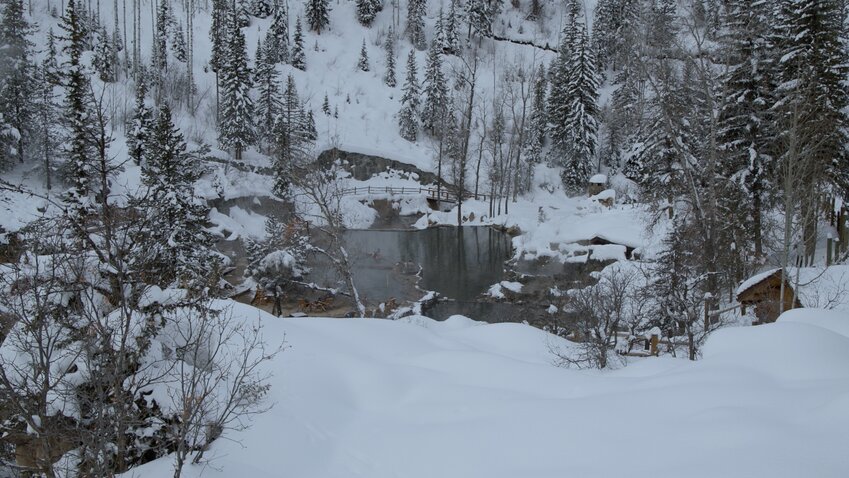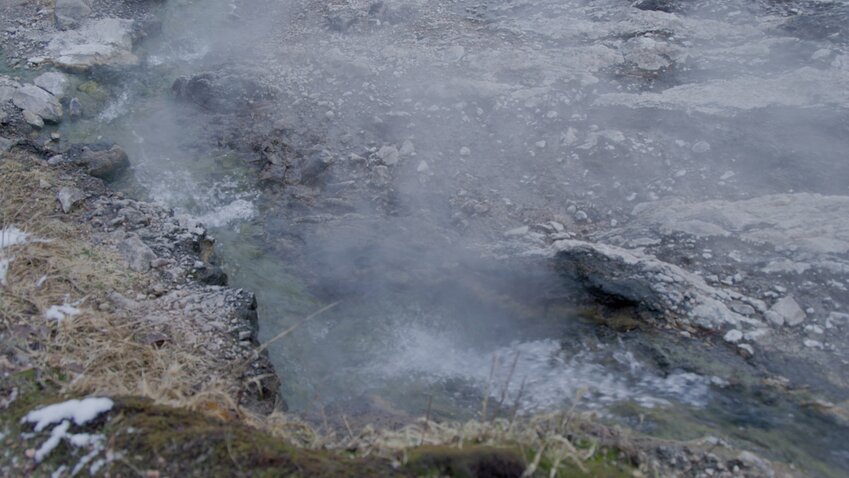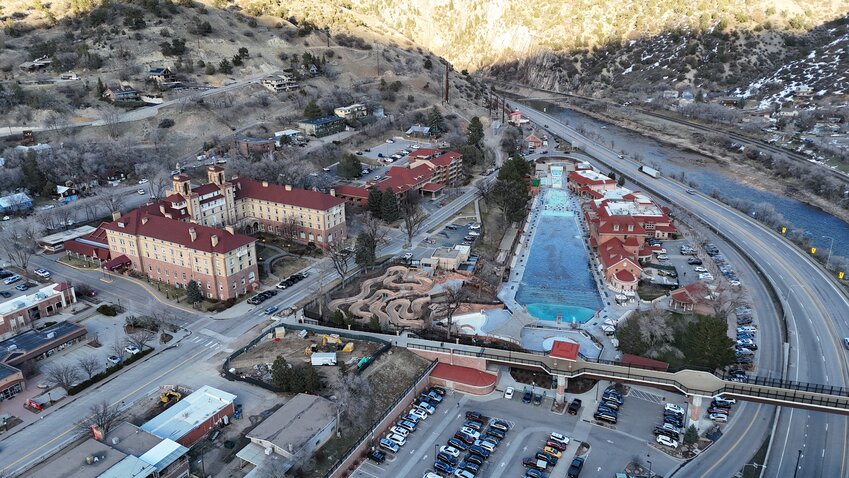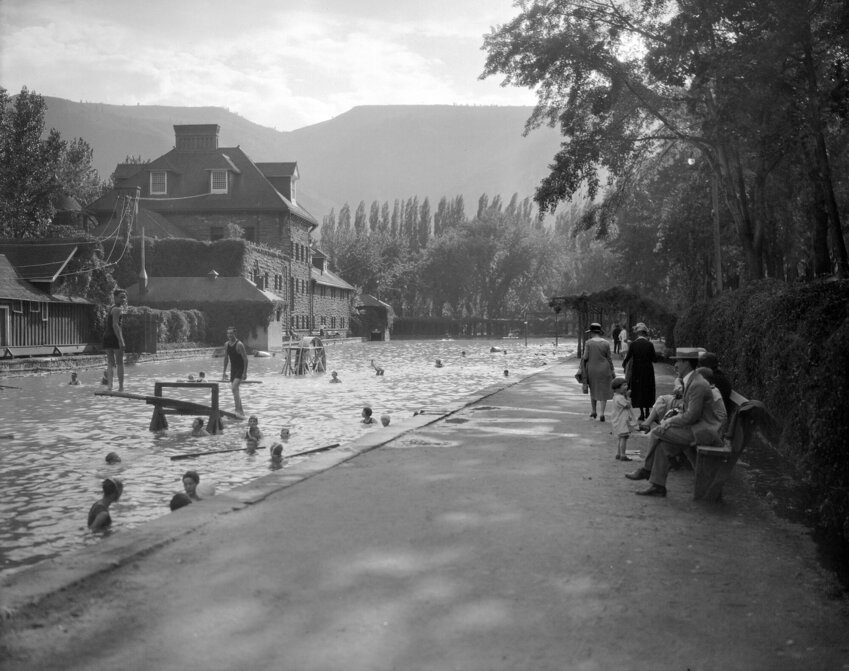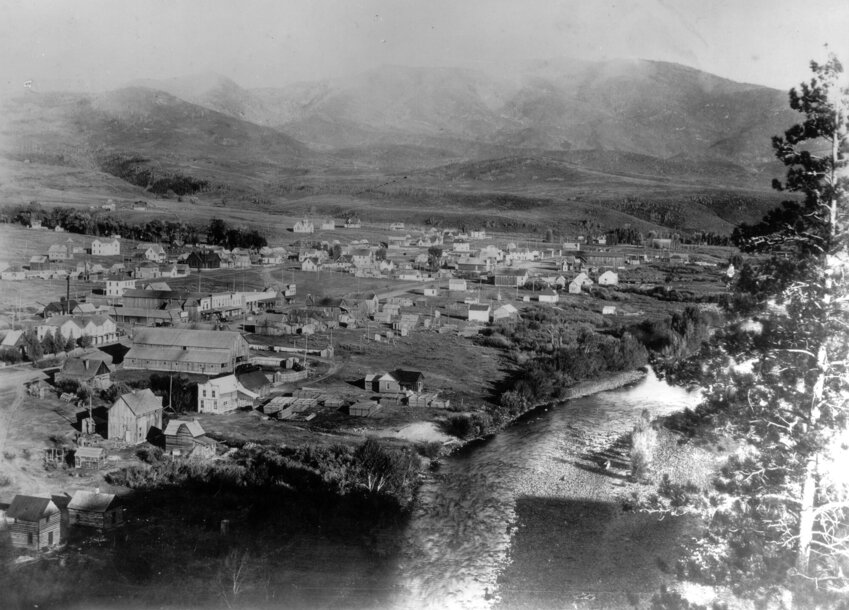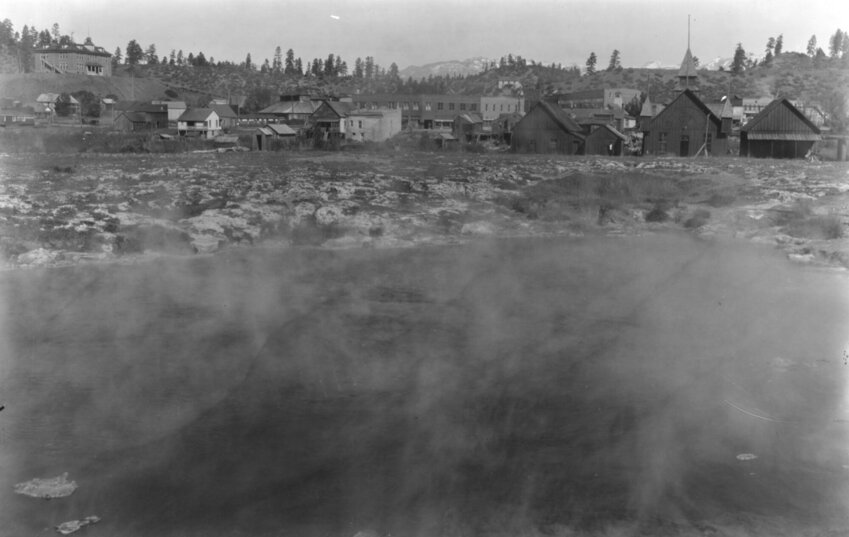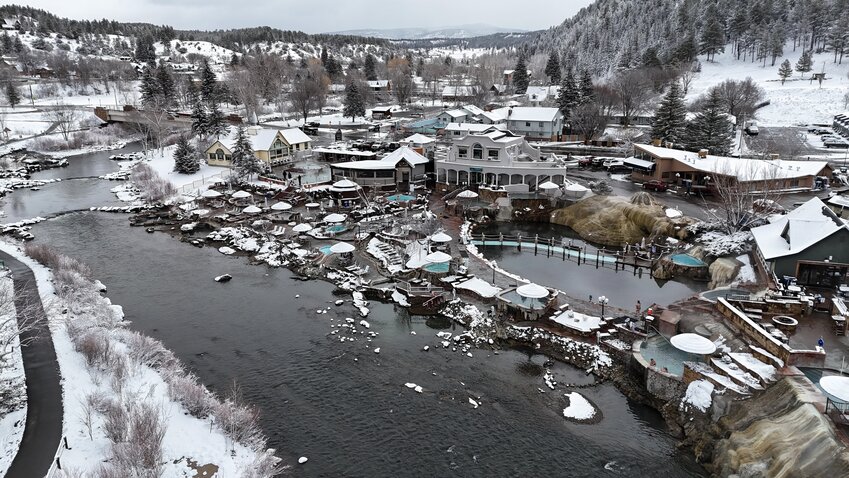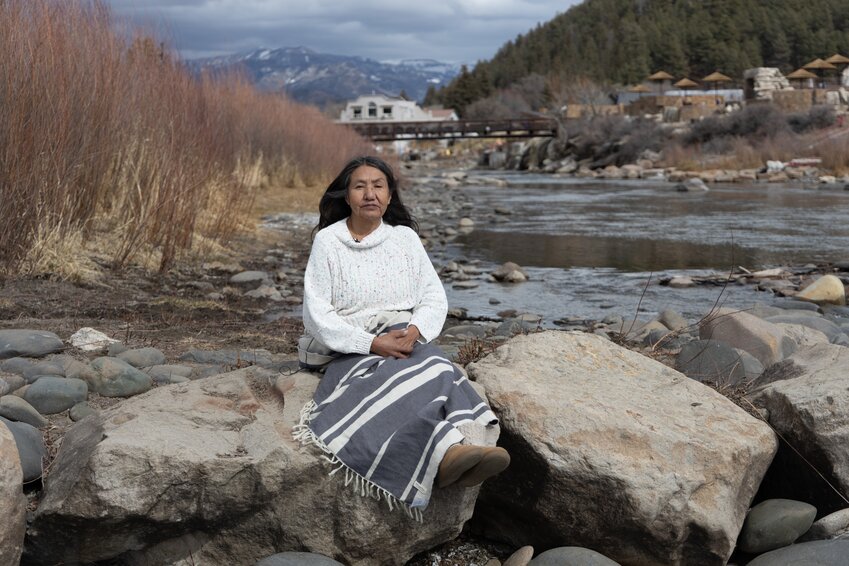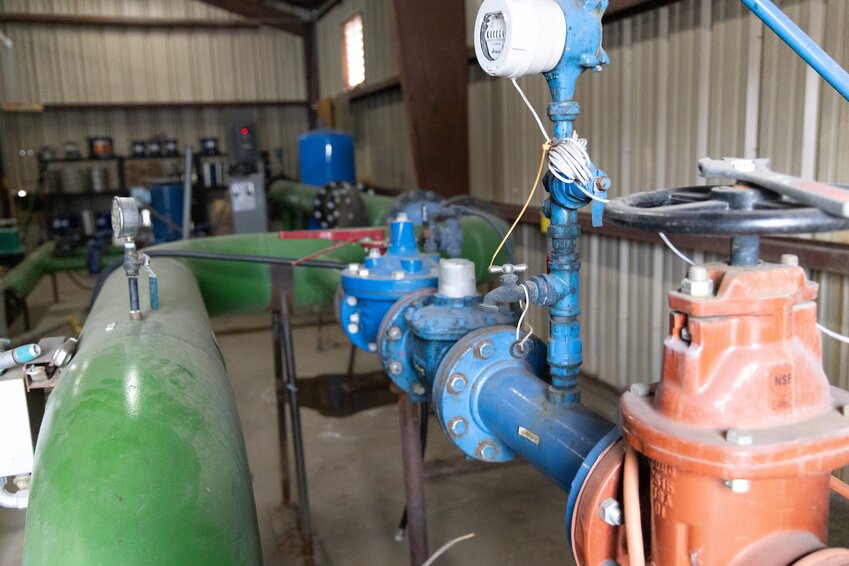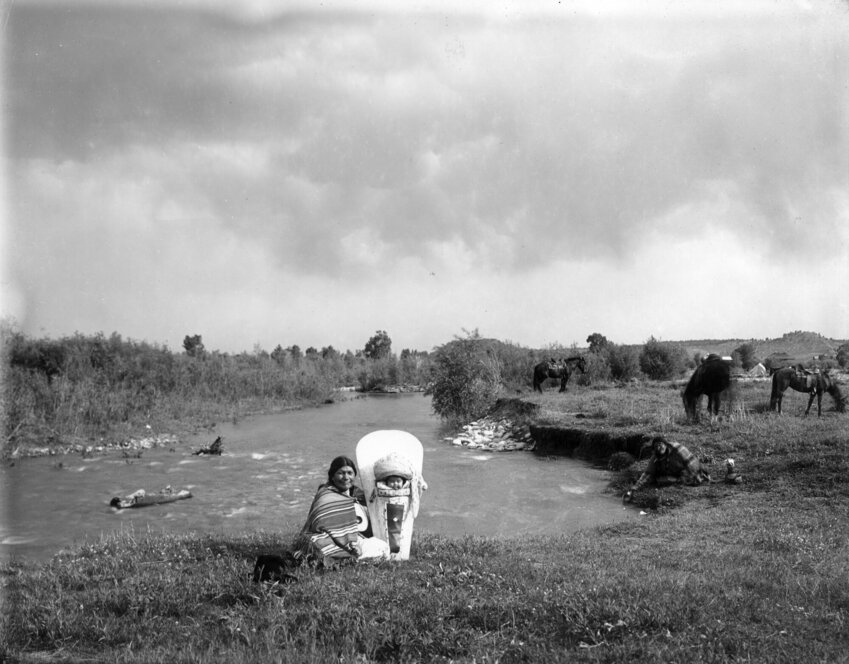lowDENVER — For generations, hot bubbling, sometimes smelly watering holes throughout Colorado have brought healing and peace to Indigenous tribes, including the Utes.
“My elders used to always say to come to the water to get rid of stuff... Maybe you’ve got a bad feeling in your mind, or your body or in your spirit, and places like this, you would come to you to, to work those things out of you,” said Cassandra Atencio, former tribal historic preservation officer for the Southern Ute Indian Tribe.
With more than 120 identified hot springs in the state, these ancient geologic structures continue to provide places of refuge. Created millions of years ago thanks to shifting plate tectonics, hot springs are an outlet for heated ground water that rises back to the surface through faults or fractures. And each hot spring location brings its own unique mixture of minerals.
“The water will reflect which rocks it has passed through. So different places in Colorado will have different chemistries. For example, the hot springs in Glenwood Springs have sodium chloride, calcium sulfate character. The hot springs in Routt County, Steamboat Springs, those will be sodium chloride type hot springs,” said Matt Sares, senior geothermal specialist with the Colorado Geological Survey.
As many Native tribes discovered, these minerals found in hot spring waters can have healing properties. For example, calcium and sodium bicarbonate can boost overall oxygen flow and circulation in the body. A common mineral easily identified by smell, sulfur is also found in many hot spring locations in Colorado and benefits the body.
“If you take someone and you soak them in a sulfur pool, and you take another person, you soak them in just a plain tap water pool at the same temperature we can show that the sulfur in the water is actually increasing a reduction in pain, increasing circulatory benefits, and lowering inflammation,” said Marcus Coplin, the medical advisor for Pagosa Springs Resort.
For Atencio, the different minerals and spiritual histories that accompany the hot springs locations help determine where she will go to soak. Regardless of the location, she believes the true power of hot springs cannot be described but only experienced.
“Hot springs are one of the best places to come to when you need to embrace yourself, mind, body and spirit,” she said.
Watch Colorado Experience: Sacred Hot Springs below.


